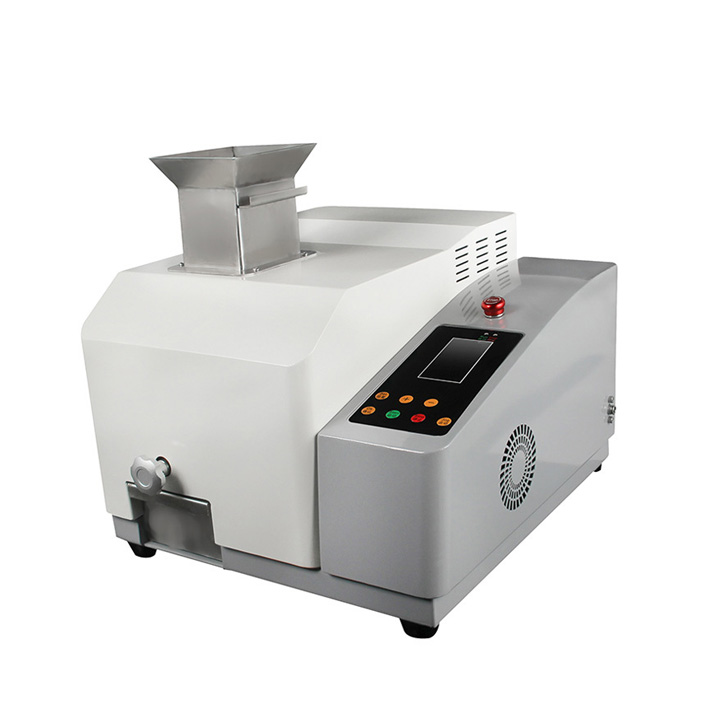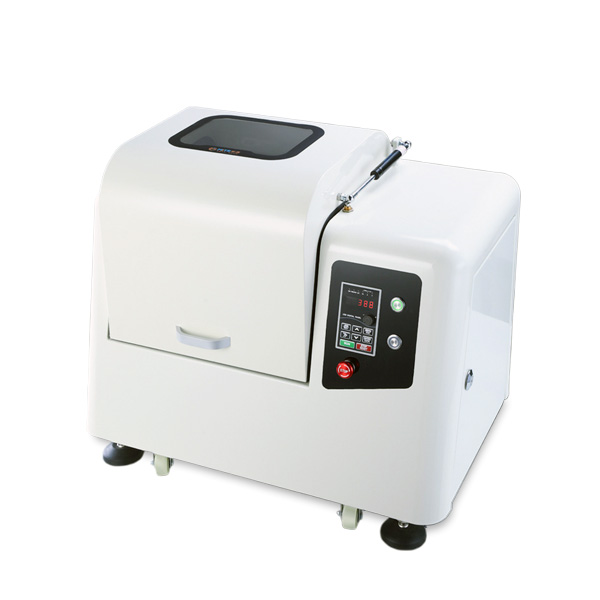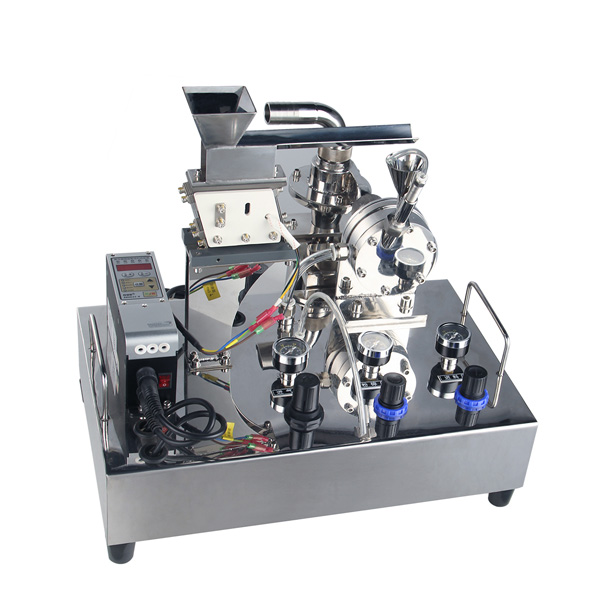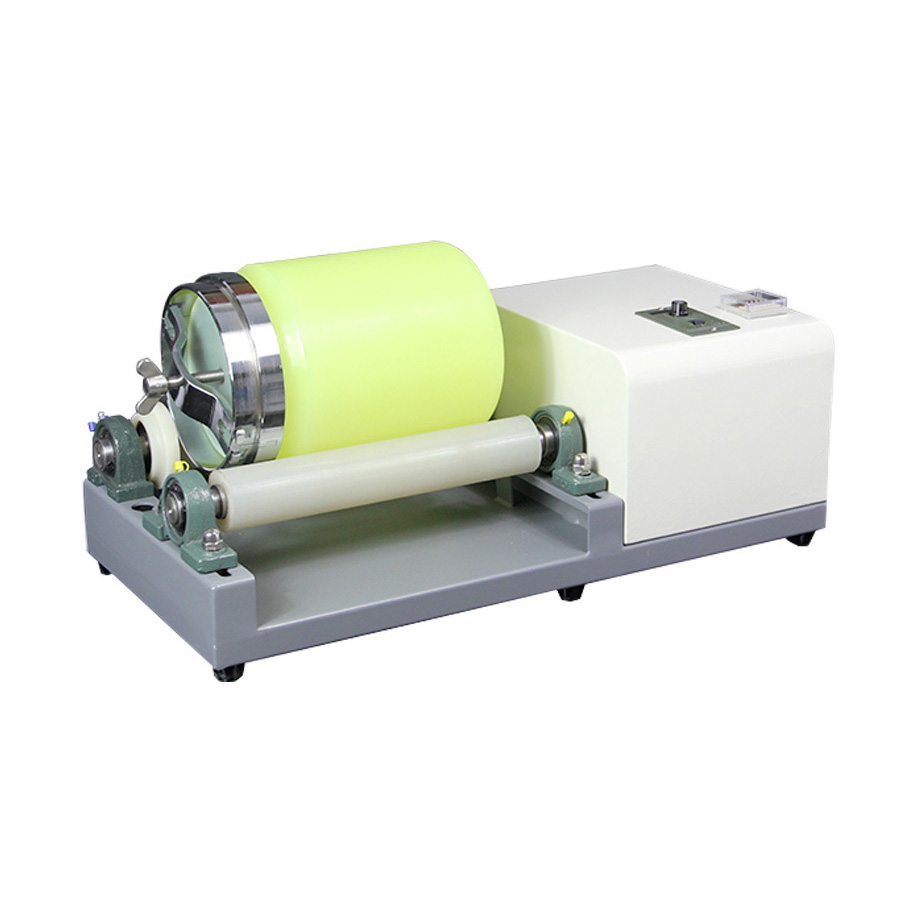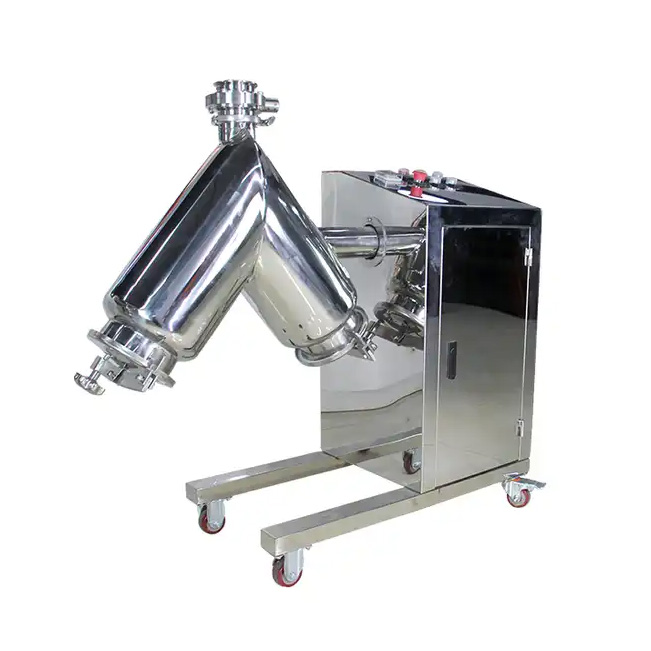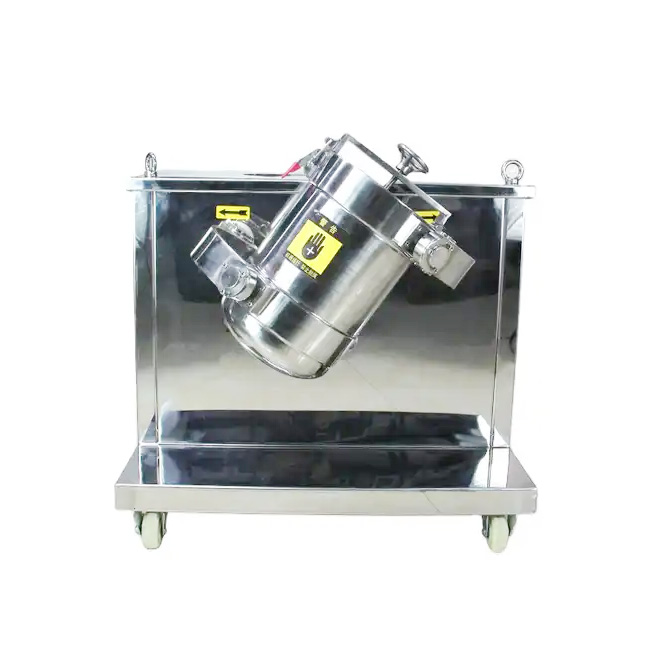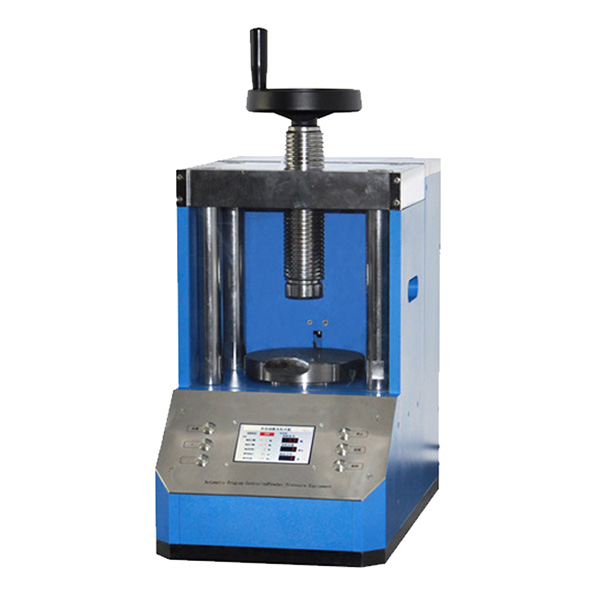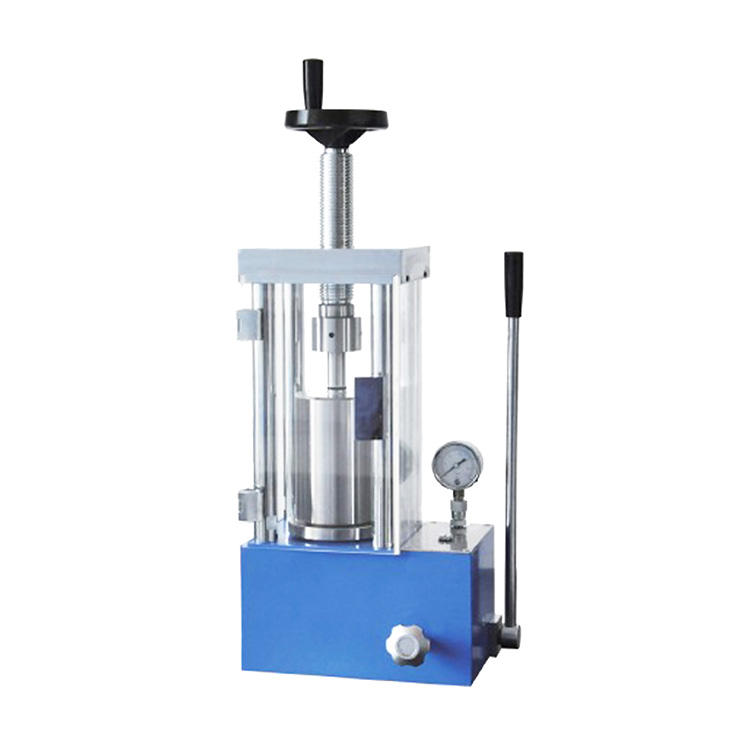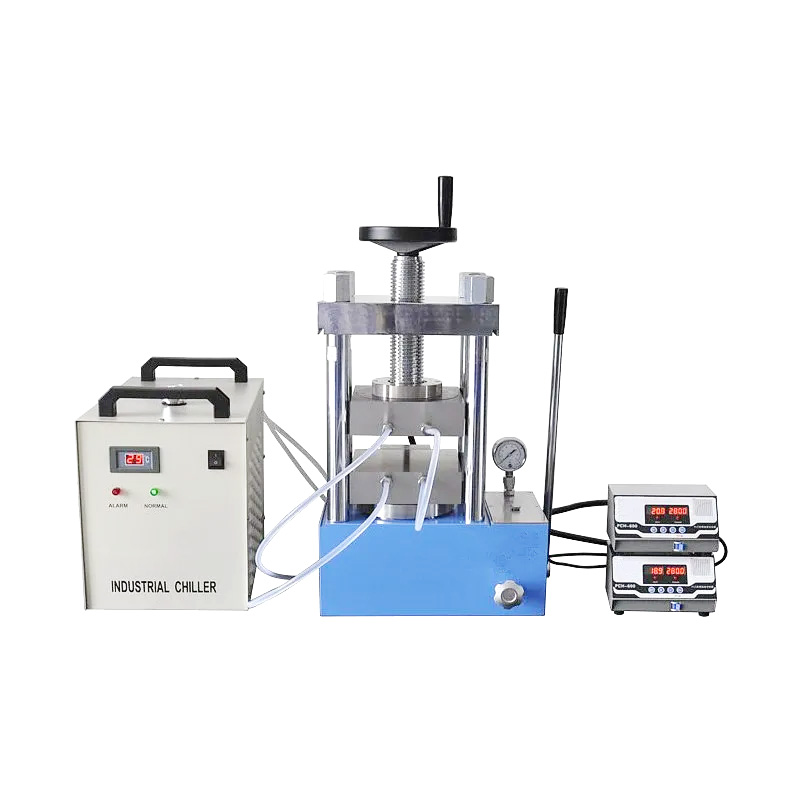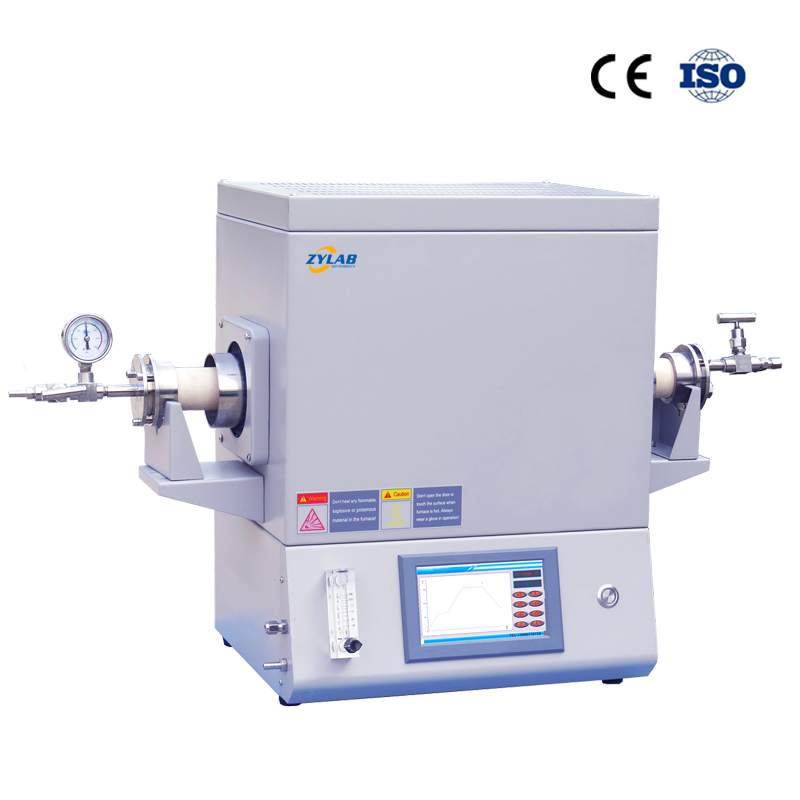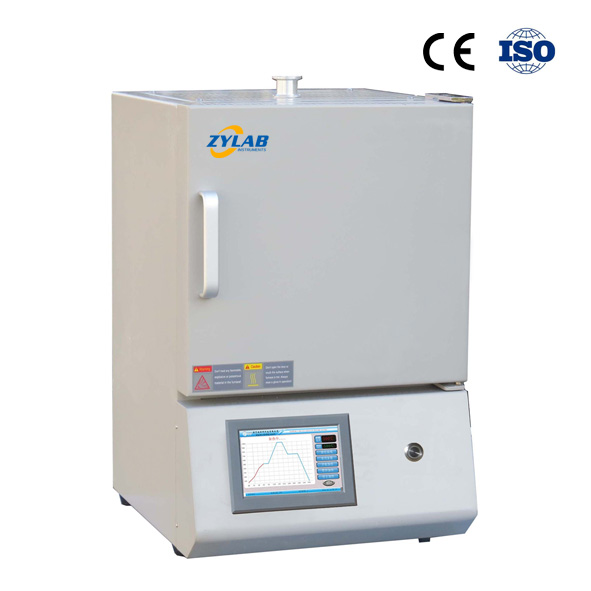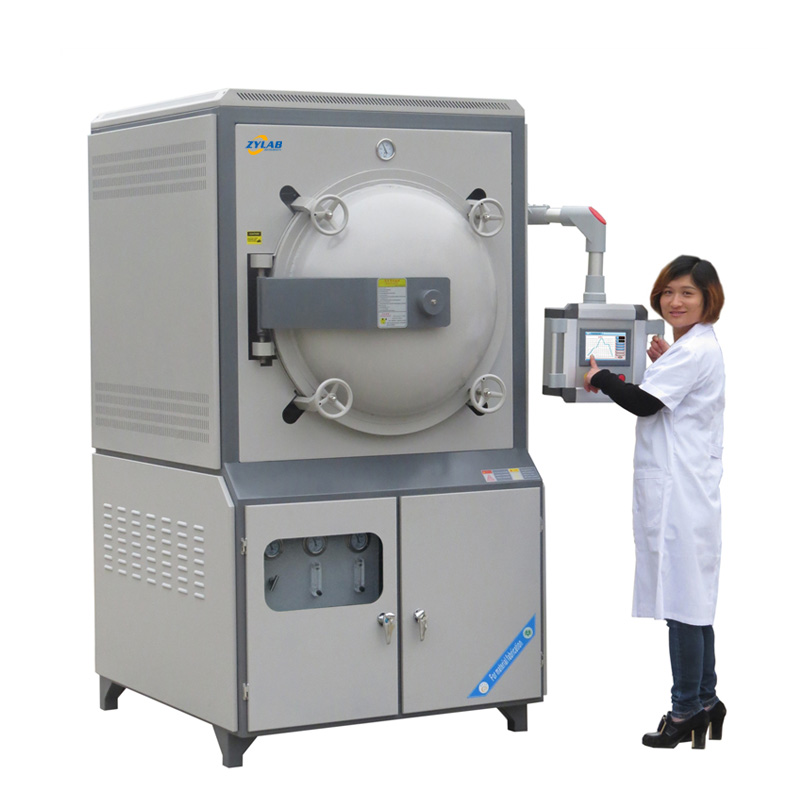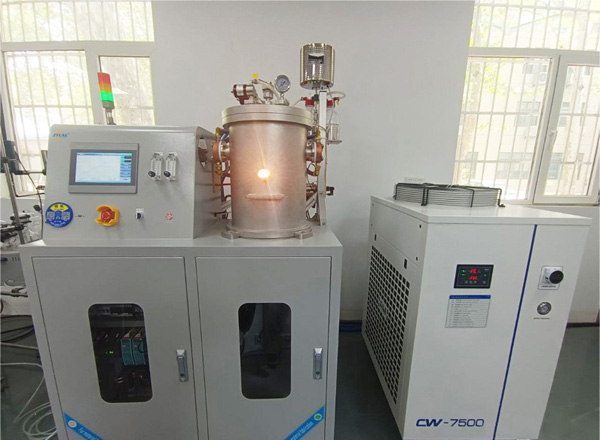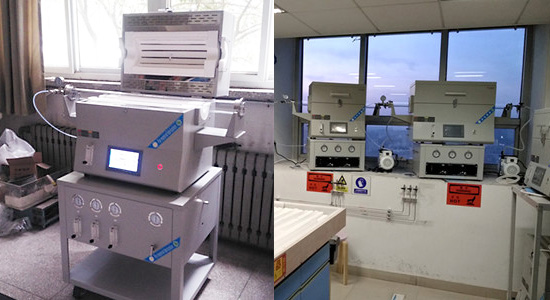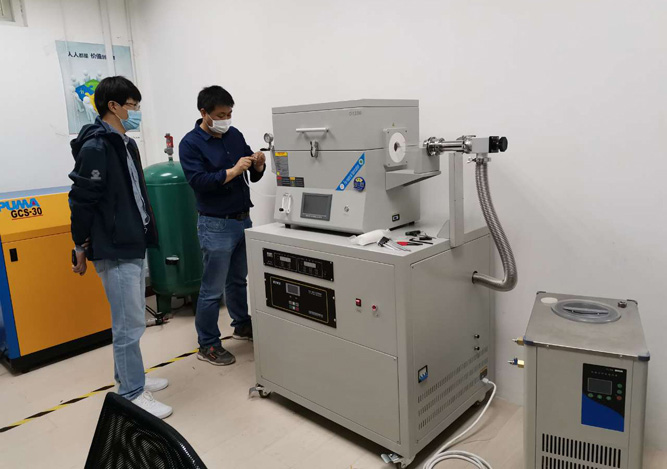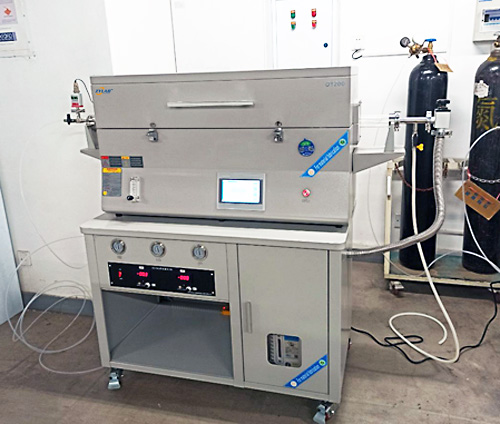Table of Contents
In the realm of modern manufacturing, Powder Metallurgy (PM) stands out as an innovative and efficient production method, gaining popularity across various industries. By utilizing metal powders or a mixture of metal and non-metal powders, this technique involves pressing and sintering to create high-precision, high-performance metal components.
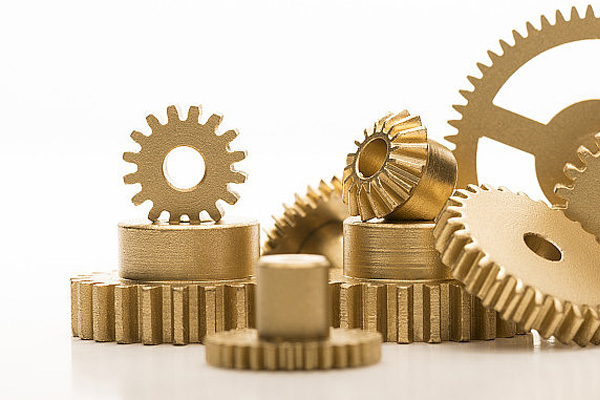
What is Powder Metallurgy?
Powder metallurgy is an industrial technology for producing metal powders or using metal powders (or mixtures of metal powders and non-metal powders) as raw materials to create metal materials, composite materials, and various types of products through forming and sintering processes.
Powder metallurgy includes powder production and product manufacturing. The powder production is primarily a metallurgical process, which aligns with the literal meaning of the term. However, powder metallurgy products often extend far beyond the fields of materials and metallurgy, frequently involving multidisciplinary technologies that include materials science, metallurgy, mechanical engineering, and mechanics.
Basic Principles:
Powder metallurgy is a technology for manufacturing metal products through the following steps:
Powder Preparation: Metal or alloy materials are converted into powder. Common methods include atomization, mechanical crushing, and reduction.
Powder Mixing: Different metal powders are uniformly mixed to achieve the desired material properties.
Pressing and Forming: The mixed powder is pressed into the desired shape in a mold. This process is usually carried out under high pressure to ensure the density and shape accuracy of the compacted part.
Sintering: The pressed part is sintered at high temperatures, allowing metallurgical bonds to form between the powder particles, resulting in a final product with certain mechanical strength and other properties.
Post-processing (Optional): Depending on specific requirements, the sintered part may undergo additional processing, such as machining, heat treatment, or surface treatment.
Advantages:
Compared to traditional manufacturing processes, powder metallurgy offers several advantages:
Material Savings: Powder metallurgy efficiently utilizes materials, reduces waste, and increases material utilization rates.
Manufacturing Complex Shapes: It can produce components with complex shapes, reducing or even eliminating the need for further processing.
High Precision and Consistency: By precisely controlling the powder composition and sintering process, high precision and consistency in components can be achieved.
Excellent Mechanical Properties: Desired mechanical properties such as hardness, strength, and wear resistance can be obtained by adjusting the powder composition and process parameters.
Uniform Microstructure: Powder metallurgy products have a uniform microstructure, which helps enhance the overall performance of the material.
Application Fields:
Automotive Industry: Powder metallurgy is used to manufacture engine parts, transmission components, gears, and other parts that require high precision and strength.

Aerospace: Powder metallurgy can produce high-temperature resistant and corrosion-resistant components, meeting the aerospace industry’s stringent material performance requirements.
Electronics and Electrical Appliances: Powder metallurgy is used to produce magnetic materials, electronic components, and other parts with high electrical conductivity and magnetic properties.
Tool Manufacturing: Powder metallurgy is widely applied in the production of various hard alloy tools, cutting tools, and abrasives.
Medical Devices: Powder metallurgy technology can manufacture complex-shaped and high-precision medical device components, such as artificial joints and dental tools.
Future Development Trends:
With the advancement of technology, powder metallurgy is continuously evolving. In the future, it has broad application prospects in the following areas:
Development of New Materials: Powder metallurgy technology can be used to develop new materials with special properties, such as high-temperature alloys and composite materials.
Additive Manufacturing Technology: The combination of powder metallurgy and 3D printing technology will further promote the development of additive manufacturing, enabling efficient production of complex parts.
Miniaturization and Nanotechnology: As powder preparation technology advances, powder metallurgy will be able to produce micro and nano-scale components, meeting the needs of microelectronics, micromechanics, and other fields.
Green Manufacturing: Powder metallurgy is characterized by high material utilization and low waste, aligning with the principles of green manufacturing, and will play an important role in environmental protection.
In conclusion, as an advanced manufacturing technology, powder metallurgy has broad application prospects. With continuous technological progress and innovation, powder metallurgy will bring more possibilities to various industries and provide new momentum for the future development of modern manufacturing technology.

